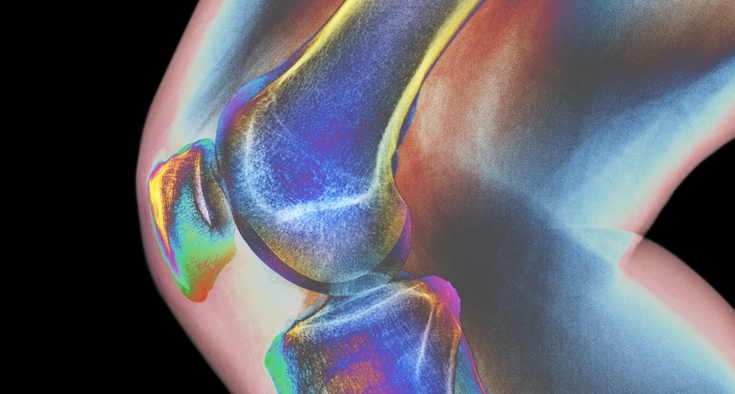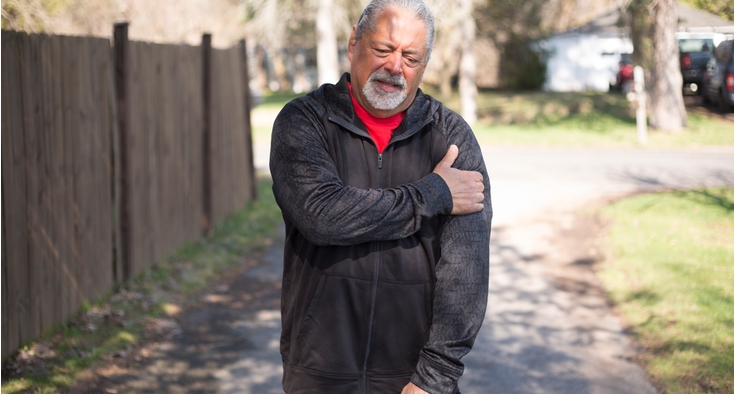When managing ACL tears, patients who are young and active are likely to need surgery.
Some protocols have shown benefits in treating ACL tears without surgery. While certain individuals can function without an ACL, most tend to have better outcomes when the ligament is repaired or reconstructed. For those pursuing nonsurgical treatment and rehabilitation alone, it’s important that this approach is guided by a physical therapist.
Novant Health orthopedic surgeons manage the treatment plans of more than 500 ACL injury cases systemwide every year. Early recognition of severity and subsequent referral can improve patient outcomes, as ACL injuries usually require more specialized treatment. Here’s what to expect with the process.
ACL injuries can start with a ‘pop’
“For the knee, any twisting type of injury accompanied by a pop and leading to feeling the knee give way is suspicious of an ACL injury,” said
Marc Haro MD, orthopedic surgeon with Sports Medicine Specialists of Charleston. “On physical exam, ACL tears usually produce an effusion in the knee. Patients should have radiographs to rule out fracture and an MRI to assess the soft tissue joint structures.”
ACL repair is gaining popularity as a treatment option for certain patients, usually those with a proximal tear.
“Repair is attractive because it obviates the need to borrow graft tissue from the patient or use grafts from a tissue bank,” said Louis McIntyre, MD, orthopedic surgeon at Novant Health Orthopedics & Sports Medicine in the Triad. Bioinductive collagen grafts can support healing in ACL repairs by stimulating new tissue growth and enhancing structural integrity. They can also potentially reduce recovery time and retear rates.
When ACL reconstruction is necessary, autograft is the most beneficial option. The use of allograft tissue comes with a significantly higher risk of retear.“The benefits of autograft use are availability, low cost, biocompatibility and outcome predictability,” McIntyre said. “Autograft patellar tendon grafts are recommended for contact athletes and because of improved outcomes. Autograft tissue is also superior in the revision situation.”
For suspected ACL injuries, orthopedic surgeons across Novant Health are accepting referrals for rapid evaluation, sometimes even same-day care. They’re ready to manage injuries from prehab, through surgery and through rehab.
Reducing risk of recurrent tears
Some evidence shows that procedures like lateral extra-articular tenodesis (LET) and anterolateral ligament reconstruction (ALLR) can improve stability alongside ACL reconstruction while reducing the risk of recurrent tears. LET can work to limit excessive internal rotation and pivot shift, while ALLR can reduce pivot shift and the risk of ACL graft failure.
“Both procedures enhance postoperative stability through a ‘belt and suspenders’ approach,” McIntyre said. “Both decrease the anterolateral rotation of the proximal tibia on the femur, which is the hallmark of ACL instability. Using an LET or ALLR gives two ways to prevent that pathologic rotation, the first is the ACL reconstruction and the second the LET or ALLR.”
“However, most of the evidence is only seen with soft tissue grafts, such as hamstring grafts and quadriceps tendon grafts,” Haro said. “There hasn't been nearly as much evidence that they are beneficial with a patellar tendon autograft. They may be beneficial in a revision situation where someone has already torn their ACL once and there's concern enough that we should do everything we can to prevent a third tear.”
Prehab with a physical therapist can help improve surgical outcomes.
“For ACL tears,” Haro said, “it is important for patients to get swelling down, range of motion back and most of their control over the knee back prior to surgery to have the most optimal outcomes after surgery,” Haro said.
To work with Novant Health’s experienced orthopedic surgeons or to refer a patient.








